Hot and humid in the garden all week and the plants (and gardeners) are beginning to suffer. The good news is the rain is on its way.
Great news for all of our freshly-planted newcomers to the garden, and for all the winter veggies I’ll be planting later on. The rain will be here just in time to water in my new front lawn too. There’s still time to get out into the garden and get cracking on your autumn planting. So let’s get started.
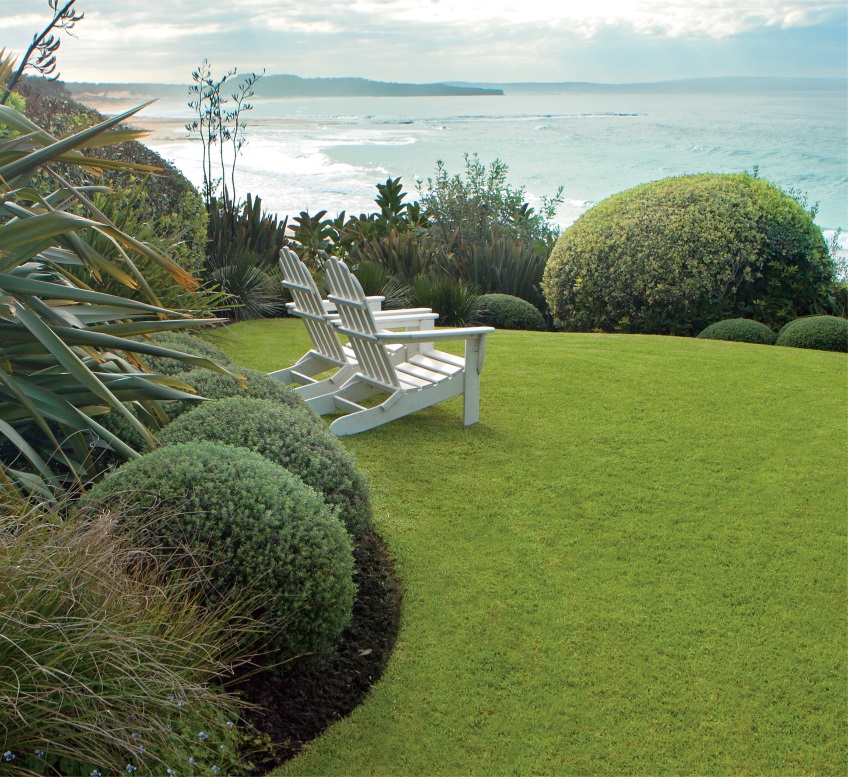
There's nothing quite like a new lawn. Photo - Myles Baldwin
It’s time to:
Divide
Divide agapanthus, cliveas, liriope.
Remove
Spent flowers from flowering gums. Do this before the large decorative gum nuts form to allow the tree to conserve energy for more flowers next spring.
Take notes about any shrubs or trees that need to be moved to a new spot next month.
Buy
Buy bulbs for planting in April and May.
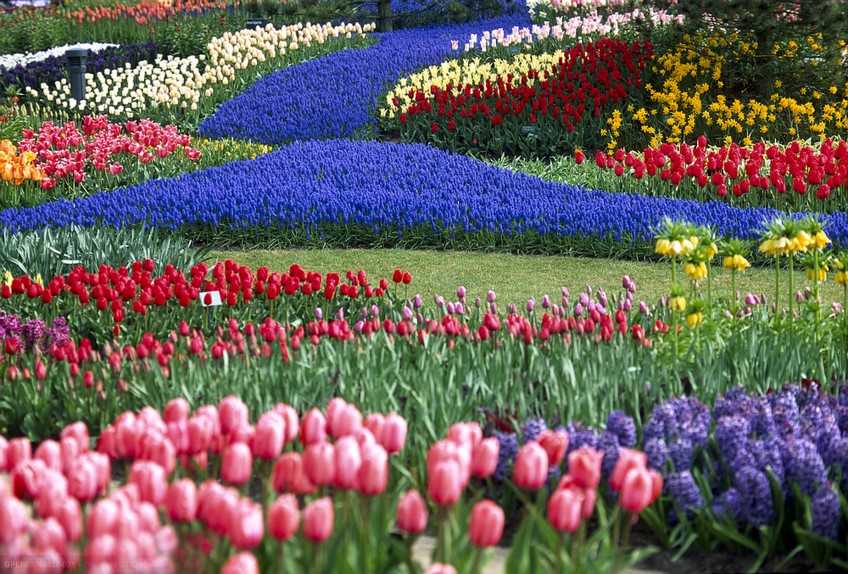
Buy your bulbs now for winter planting
Trim
Trim balls and hedges of coastal rosemary, box, lilly pilli and orange jessamine (Murraya).
Feed
Feed the lawn.
Enjoy
the last hurrah of the summer vegetables such as tomatoes, eggplant and zucchini. It’s ratatouille time.
Compost
Turn and aerate the compost ready for emptying out next month.
Water
Reduce water to succulent plants such as frangipani, succulents, cactus and indoor plants.
Plant
Plant annuals for winter colour. Try warm-coloured poppies and pansies, or cooler-toned cineraria, primula and stock.
Plant sweetpeas to rush up a teepee of bamboo stakes.
Mulch
Top up mulch to retain warmth in the soil through autumn.
The Bush Garden:
In their heyday, gorgeous, gaudy Hawaiian hibiscus were on every fashionable Australian garden’s must-have list. Their fashion star may since have dimmed
but these exuberant flowers are still a slice of summer.
The humble Hibiscus that caught my eye as a child is not really Hawaiian at all. It’s native to china. And there is a stunning native hibiscus here in
Australia too.
Alogyne, native to Australia, has flowers that are usually mauve, though white and yellow forms are also known. This native shrub likes warm, sunny situations
in freely draining soils though it will tolerate part shade. Prune after spring blooming to encourage a rounded dense shape. Feed with a native fertiliser.
It’s very hardy and is untroubled by pests. Get them at the Sydney Wildflower Nursery
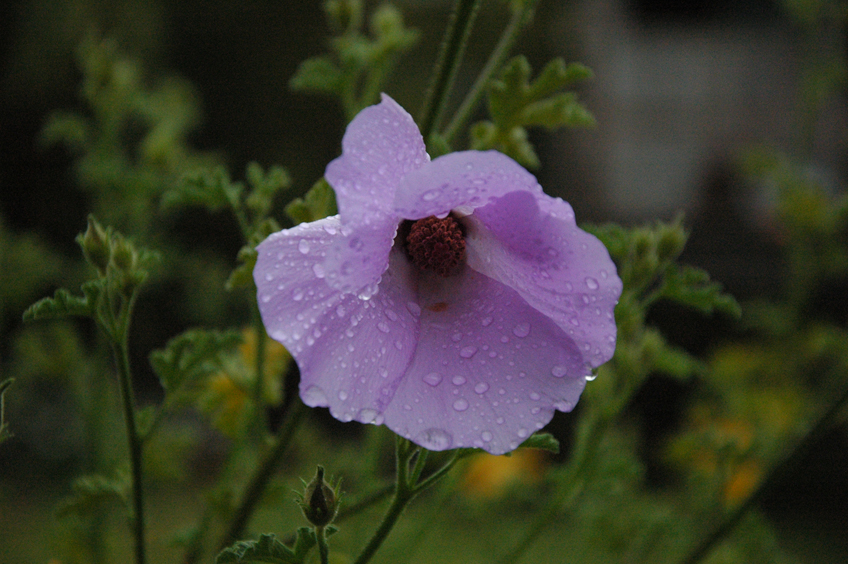
Alogyne seems to never stop flowing in Linda's coastal garden.
What’s On:
It's that time again. The hidden Design Festival NSW is back with a sneak peak at some of Sydney's most inspiring gardens. The hidden Design Festival will
be opening gardens in Sydney over the weekend 2nd & 3rd of April, and on Saturday the 30th of April in the Blue Mountains. For details and tickets
go to the AILDM website
Bugwatch:
Leaf hoppers are plant feeders that suck plant sap from grass, shrubs, or trees. Their hind legs are modified for jumping, and are covered with hairs that
facilitate the spreading of a secretion over their bodies that acts as a water repellent. This makes them very hard to control with a spray. Leaf hoppers
are particularly hard on Apples, roses, potatoes and even grass. Coating plants in Eco-oil or Natrasoap may help to deter the leaf hopper but isn’t
likely to control them. I’m trialling Bugkilla granules at the moment, which is absorbed by the plant through the roots.
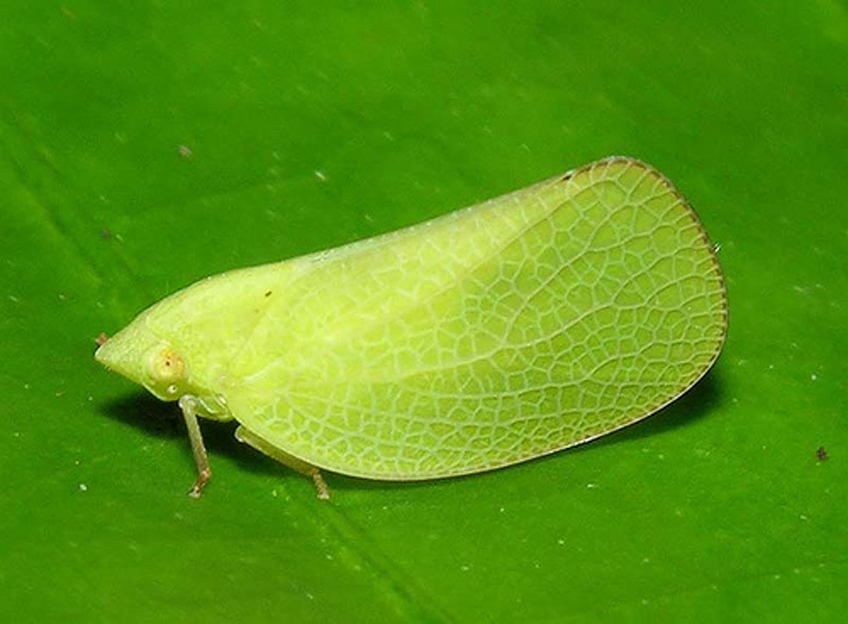
The common Leaf hopper. Photo - Art
In the Veggie Patch:
Come away with us:
A plant lover’s delight as we follow the trail of flower festivals across NSW meeting friendly gardeners along the way. We start in Southern Highlands
for Tulip Time, then Canberra for Floriade, then Cowra to catch the Cherry Blossom and finally to the Leura Gardens Festival. Join Libby Cameron and
the group for this fantastic tour in Spring 2016.
Go to the Ross Tours website, or call Royce or Roslyn at Ross Tours to reserve your place on 1300 233 200 for more details on the tour.
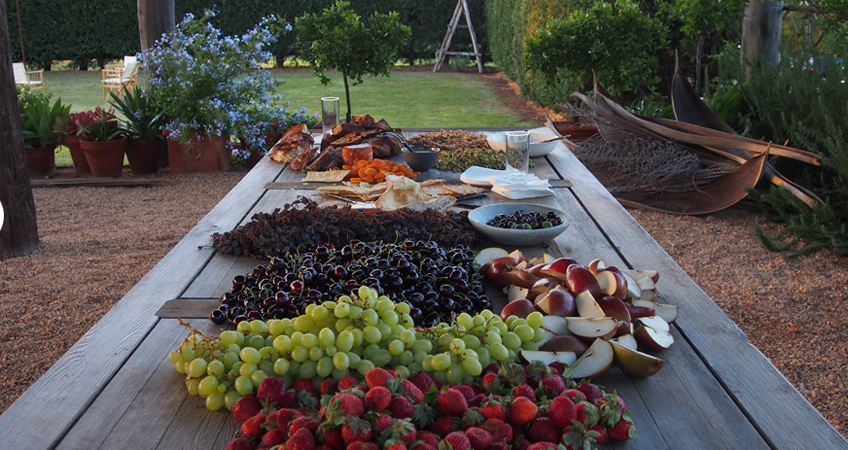
One of the delicious lunch spreads awaiting us on the tour.
Garden News:
Waste to clean energy in a Southern Hemisphere first
In a first in the Southern Hemisphere, Richgro’s $8 million enclosed Anaerobic Digestion Plant at Jandakot near Perth in Western Australia is turning tonnes
of waste that would otherwise go to landfill into clean energy and power that can be exported back to the grid.
Using the latest proven and safe technologies, the plant works like a live stomach – breaking down waste into by-products that can be put to good use.
These include energy to operate the plant itself, nutrient rich digestate for Richgro garden products and excess electricity which can be fed back to the
grid.
Richgro Managing Director Geoff Richards said the plant was benchmarked against European waste-to-energy advancements - especially in the United Kingdom
where the technology has been mastered for decades.
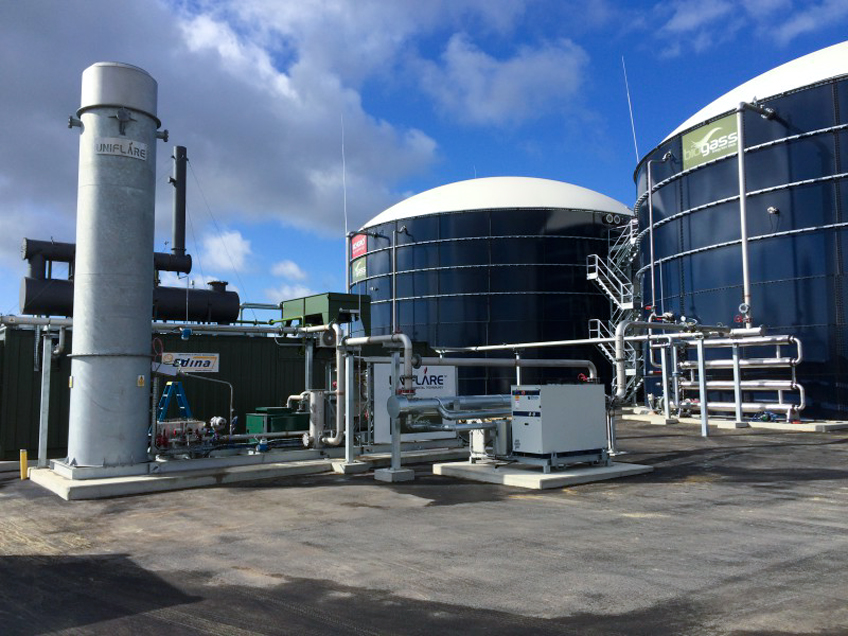
Richgro’s $8 million enclosed Anaerobic Digestion Plant at Jandakot near Perth
“Much like how the stomach of a cow works, the organic waste is simply and naturally broken down into biogas (carbon dioxide and methane) and organic fertiliser
called digestate,” Mr Richards said.
“We recycle solid and liquid waste from nearby breweries, chicken farms, supermarkets and other food suppliers, right down to the aluminium cans from out-of-date
or damaged beverages.
“Everything gets recycled which is a win-win situation for everyone – we use the energy created to fully power the plant and we use the digestate by-product,
which is packed with living micro-organisms and nutrients, in our range of Richgro garden products.”
With the capacity to process an average of 137 tonnes of commercial and industrial organic waste per day or 50,000 tonnes per year, the Richgro plant has
diverted 9,000 tonnes of waste from landfill to date. It is also producing an average of 60,000 litres of biofertiliser per day.
Mr Richards said excess electricity from the plant was now being fed back into the grid.
“We can generate 28,800 kilowatts per day and over the last ten months we have produced 70 megawatts. With an average house using 16 kilowatts per day,
the plant can provide enough clean energy for 1,800 Western Australian households,” he said.
With $500,000 funding from the WA State Government, $1.1 million from the Federal Government and a $2 million loan from Clean Energy Finance Corporation,
the plant is part of a national focus on renewable energy, low-emission technology and energy efficiency.
Richgro is an Australian-owned, fourth-generation family business that has been manufacturing premium garden products since 1916.
Mark Jury introduces us to 'Perfume Princess'
New Zealand breeder Mark Jury has produced the earliest and longest flowering of all Daphnes, Perfume Princess. It has the sweetest of fragrances and astonishingly
large blush pink flowers. You may recognise Mark’s name, as his family has brought us many of the new Magnolias we love like ‘Felix’, ‘Vulcan’, ‘Star
Wars’ and ‘Black Tulip’ through their family nursery, Jury Magnolias. It is my pleasure to welcome Mark to the show.
Meeting Perfume Princess for the first time is a bit surprising. Her flower clusters are huge, six centimetres across – but it’s her intense perfume, with
its citrus undertone, that transports you. This is everything a daphne should be, and so much more.
And how nearly we didn’t have the pleasure! It seems Mark Jury, world-renowned New Zealand plant-breeding legend that he is, began with the right intention
but nearly didn’t get there. He took Daphne odora with its compact bush and lovely little flowers and crossed it with a Daphne bhoulua, known, despite
its rangy growth habit, for its foliage and for being blest with the best and most powerful of the daphne scents.
Mark then worked for years, trying to gather some seed from the crosses with little joy until finally he had six seeds to work with. Only one germinated
and the plant that resulted looked so underwhelming, that he was forgiven for being distracted by other more successful breeding projects (the Jury
family produces world class magnolias). The ugly duckling daphne seedling was left in a corner of the nursery where it was often knocked over then
shoved, literally, back into its pot.
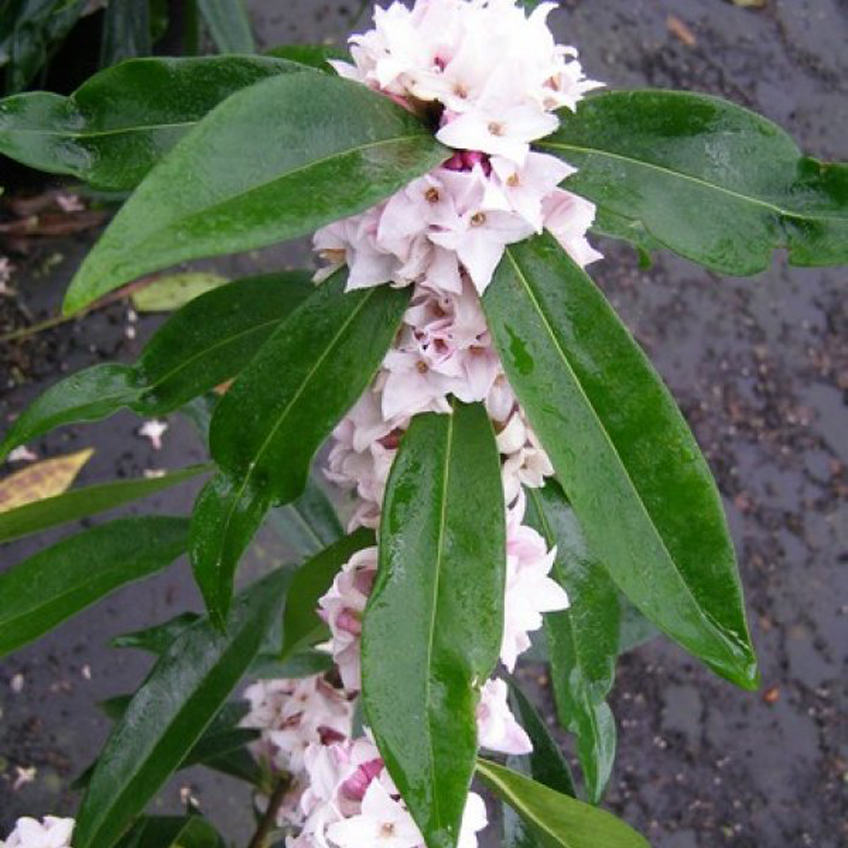
Perfume Princess. Photo - Tesselaar Plants
Eventually Mark took another look at the seedling and perhaps out of respect for its tenacity, he planted it out into the ground and a miracle happened.
In one season the ugly duckling turned into the Perfume Princess we have today. After all this time and effort he had achieved a cross which demonstrated
all the characteristics he was hoping to achieve and more: a compact bush; lush green foliage; huge flowers; flowers at both the branch tips and at
most leaf axels; and a daphne perfume to die for.
At this point, like any good plant breeder, he spent more years testing his Perfume Princess to make certain that the parent plant, and all the others
taken from it, look and performed as expected. And they did. Anthony Tesselaar Plants also tested Perfume Princess at their trial sites globally, then
happily made the decision to put their full plant management and promotion machine in action behind it. Since its release into the market place, the
reaction has been phenomenal. Everyone who has become involved with Perfume Princess, right through to the person who takes it home to plant in their
garden, they can all see what a very special daphne this is.